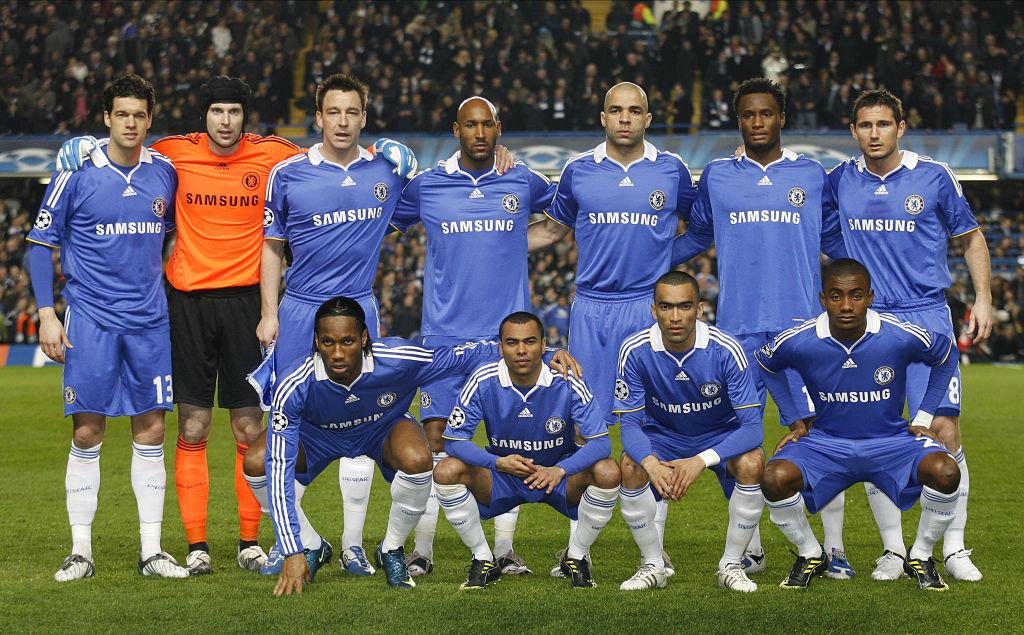The No.8 role: football tactics explained
So what exactly is a No.8? Here's your tactical explainer on one of the most important roles in the game
The no.8 shirt is a thing of beauty. The holder has always felt an important part of any team, even when they aren't.
But while some shirt numbers are certainly are more than others, the role of a no.8 has nothing to do with the number on a player's back. After all, Glen Johnson wore the digit at right-back and Ian Wright at centre-forward.
But in a tactical sense, what is the no.8 position and how does it influence matches? FourFourTwo have breakdowns for the biggest tactical insights in the sport, so let’s take a look at this football term.
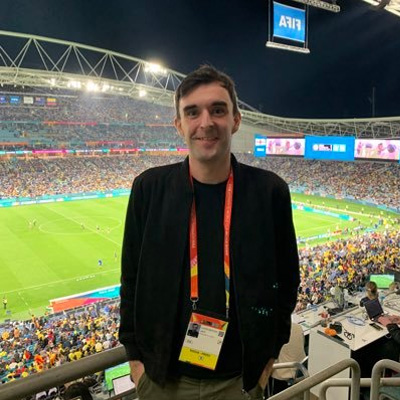
I'm Jack, I've watched football through a tactical lens for over a decade, analysing trends not only at the top of the game, but also how strategies and approaches can be used at amateur level.
I’m also an FA-level 2 qualified coach and have written extensively on tactical analysis for various publications. A lot of my spare time is spent training, playing the game, or settling down to perfect a tactical approach on Football Manager.
What is the No.8?
The no.8 is a forward-thinking midfielder, who starts from a deep-lying position. Although the traditional 1-11 shirt numbers are undoubtedly a factor, the best way to describe the no.8 is in a literal sense: halfway between a no.6 and a no.10.
Players in this position don’t occupy advanced roles deep in the opponent's half. Instead, they usually prefer to break forward into that space by running onto passes.
In the clip above, a no.8 picks up the ball from the goalkeeper and runs up the pitch with it.
They will normally operate in central areas, helping connect teams that build possession from the back with their forwards. Generally, the no.8 will play in front of a more defensive midfielder, who provides the team's defensive structure.
Get FourFourTwo Newsletter
The best features, fun and footballing quizzes, straight to your inbox every week.
In turn, this gives the no.8 license to drive forward and help attack the opponent's penalty area. But they still have defensive responsibilities, such as tracking runs, closing down space and counter-pressing if required.
This is why to be a no.8 amongst the elites of professional football in 2024, you need to be a super athletic and formidable ball carrier.
Who are the great No.8s?
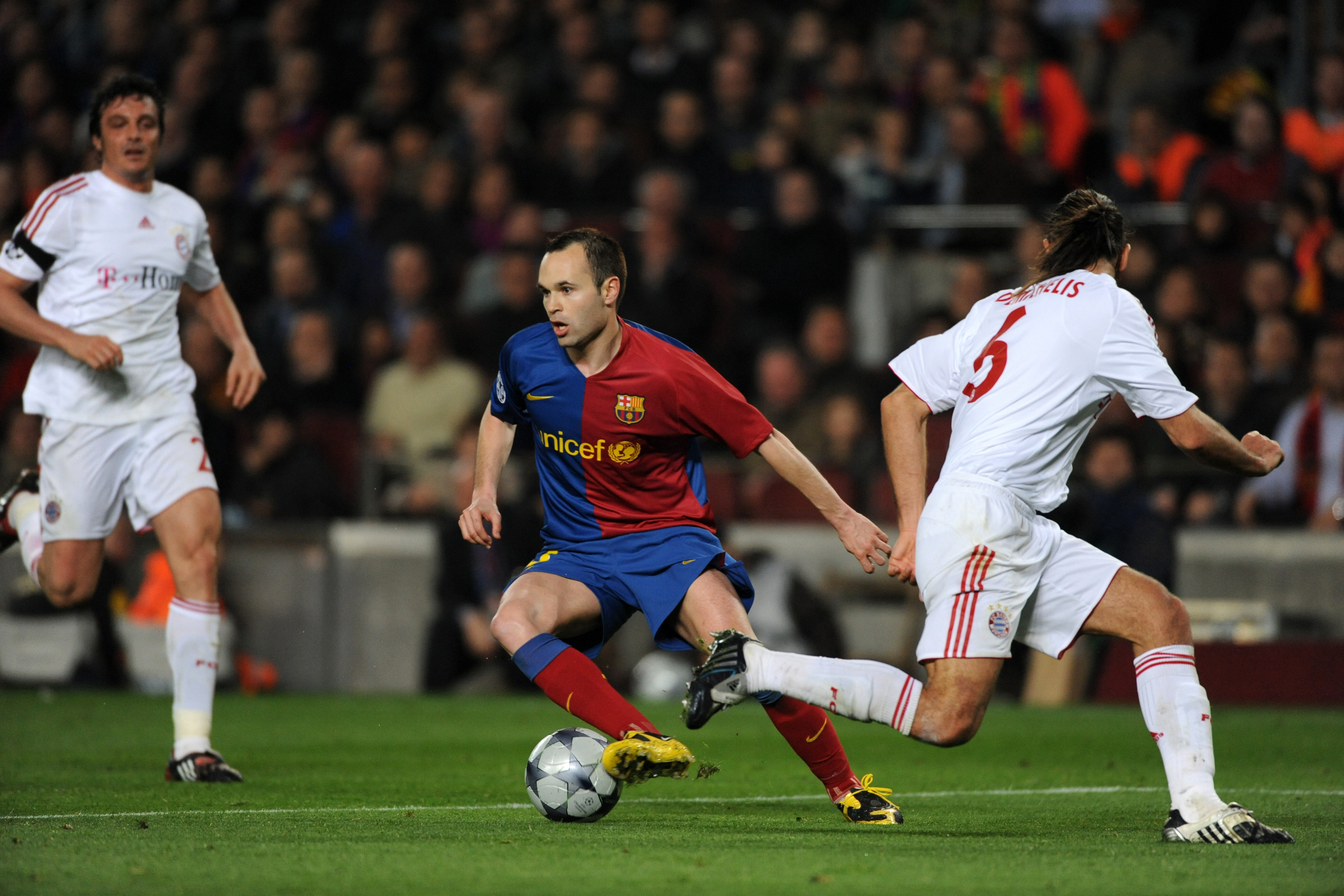
Go through any of the great teams from the last 30 years, you won’t find many that didn’t have a top-class no.8 in their ranks.
There are different kinds, though. Box-to-box midfielders can be classed as no.8s in more transitional teams – though in possession-heavy sides, no.8s are used more as secondary playmakers alongside a no.8, dictating the flow of a game between the lines and creating overloads wherever they're needed in the final third.
While it's difficult to play without a no.6 of any kind, it's more than possible to field a line-up with no recognised no.8. At times, Pep Guardiola and Mikel Arteta have both used ‘duel-no.10s’ in the past, asking an inverted full-back to fulfil the ball-winning and tempo-setting tasks that a no.8 would. While omitting a natural no.8 with the feel for the rhythm of a game is a common tactic for these managers in games that they expect to dominate though, Ilkay Gundogan and Martin Odegaard, respectively, have both been integral in big games and winning runs while playing deeper roles as no.8s.
For example, you can’t underestimate the impact of Andres Iniesta on Spain and Barcelona’s dominance between 2008-2012. Ranked at no.15 in FourFourTwo's list of the greatest players of all time, he fittingly he even wore the no.8 shirt, but it goes deeper.
Supporting a high press, Iniesta was quietly efficient off the ball, zonally covering midfield spaces – mostly in the half-spaces – and ensuring opponents struggled to maintain possession. While when Barcelona won the ball high up the pitch, he was nothing short of a magician when it came to working through tight spaces, but though he wasn't physically imposing, it was crucial Iniesta was a master at winning 50-50 duels, another key component when building the perfect no.8.
Luka Modric is another master of the role, able to control some of the biggest matches in the game almost singlehandedly with his fluent dribbling and intelligent passing.
The evolution of the no.8 – into an 8.5
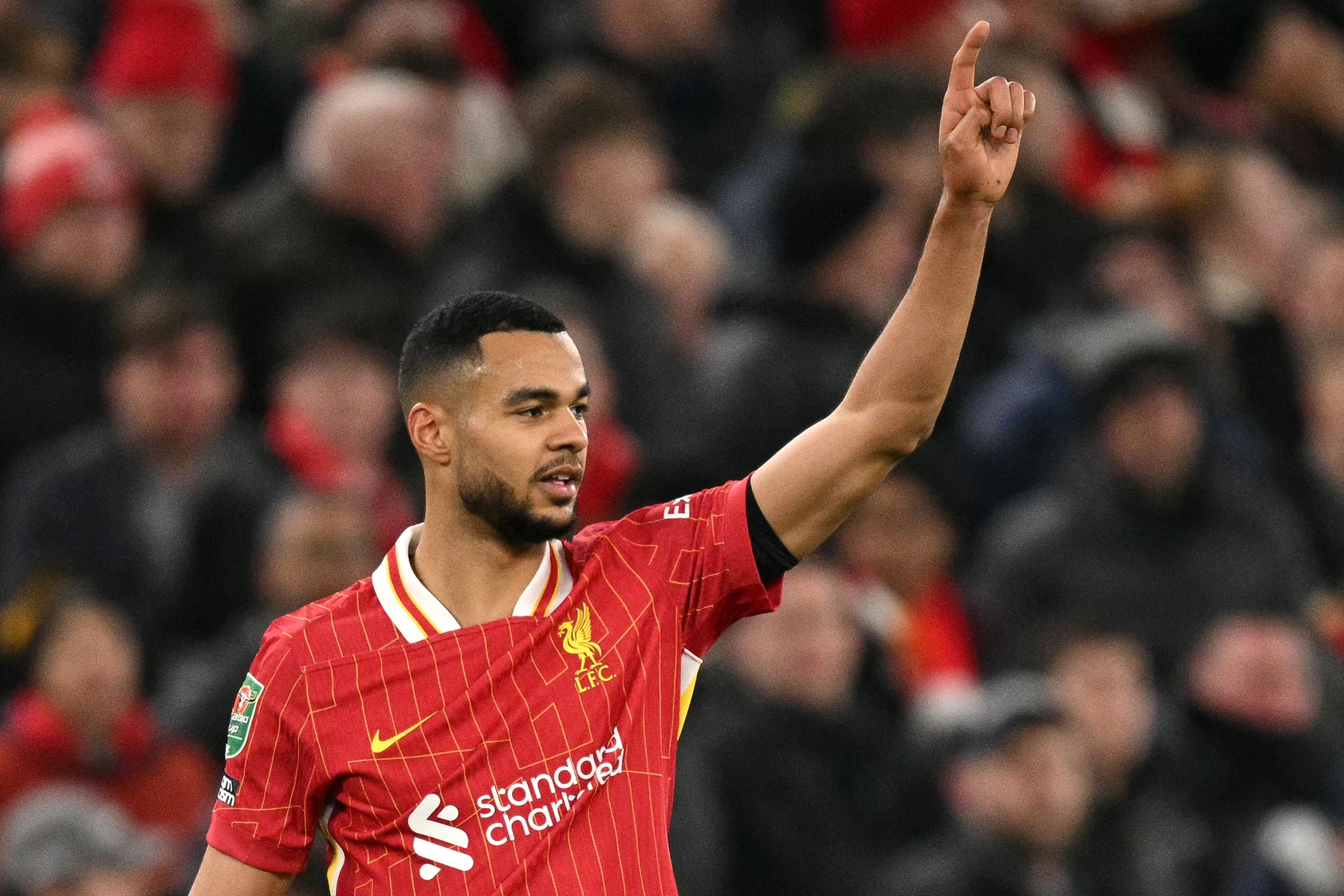
The evolution of this role has taken a new step in the 2020s. Top clubs in the Premier League including Arsenal and Liverpool have fielded traditional forward players, sitting deeper while tucked into a midfield trio.
Kai Havertz can be used as a false nine and as a target man – and has performed a hybrid midfield role for the Gunners to great effect. When deployed as a no.8, Havertz hasn’t played with a huge amount of defensive responsibility, but given more forward space to attack seems to have brought out the best in him.
For Liverpool, Cody Gakpo was selected in a similar role semi-regularly during the 2023/24 season. With more players from defence, stepping into midfield – yes we’re looking at you Trent Alexander Arnold – there is more emphasis on attack-minded midfielders, who enjoy charging into more advanced positions.

Havertz and Gakpo mix characteristics of traditional poachers and trequartistas, but are doing so from this much deeper position. So perhaps the ‘no.8.5’ is about to become the next in-vogue tactical trend.
But this is all well and good if you coach a team that dominates possession in the majority of matches played. There are downsides. One of the major issues of playing with advanced No.8s is that naturally, they will leave pockets of space behind them.
The better opponents will be able to exploit this on the counter. Like most things in football, and in life, balance is everything… if you play with an 8.5, make sure you field two athletic, defensively responsible midfielders alongside them.
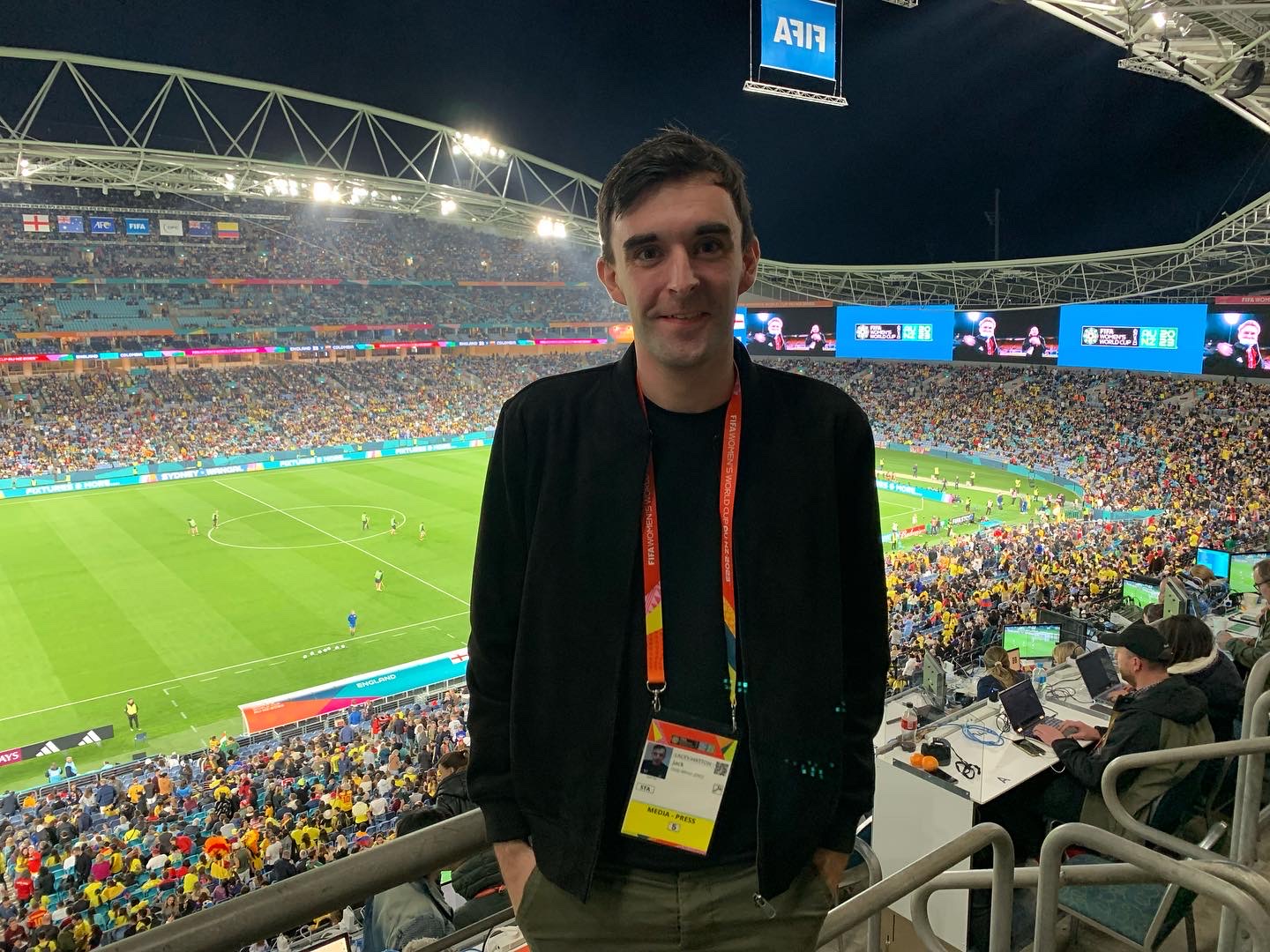
Jack has worked as a sports reporter full-time since 2021. He previously worked as the Chief Women’s Football Writer at the Mirror, covering the England Women’s national team and the Women’s Super League. Jack has reported on a number of major sporting events in recent years including the 2023 FIFA Women’s World Cup on the ground in Australia. When not writing on football, he can often be spotted playing the game somewhere in west London.
